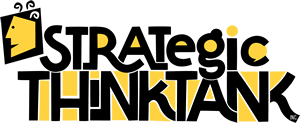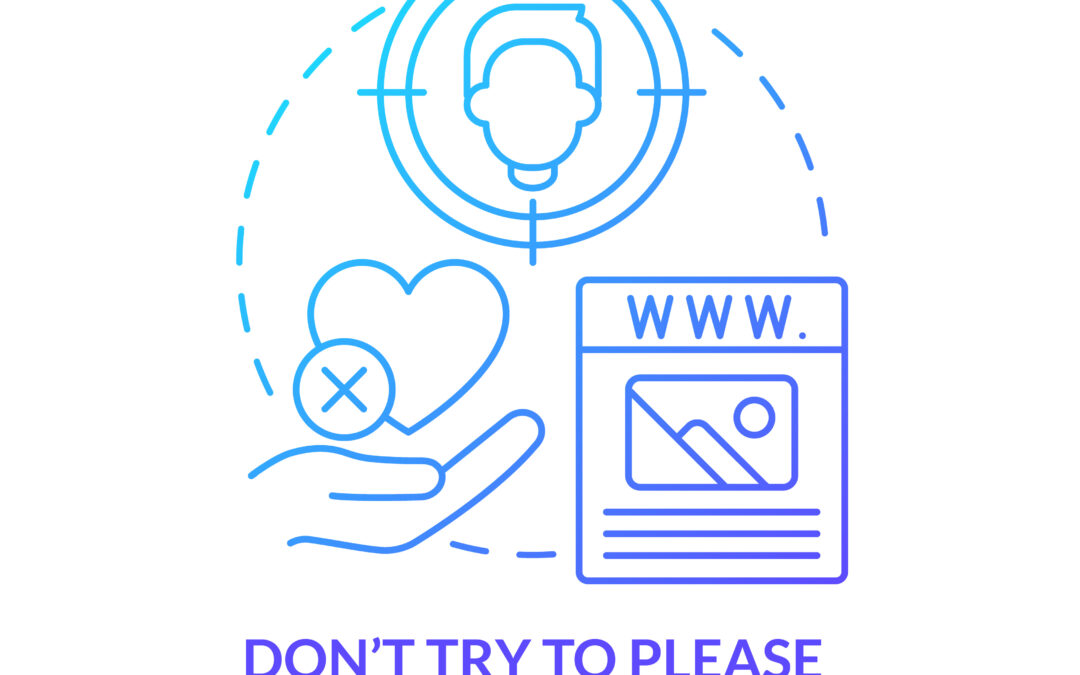The surest way to win business is to identify your target audience and focus your marketing and sales strategies on qualified leads. Unfortunately, a number of companies become overwhelmed with the sheer size of their market.
Instead of focusing on a specific market segment, they end up searching aimlessly for customers and or pursue the wrong customers entirely. It wastes time, money and valuable sales and marketing resources. So, how does a company go about identifying customer segments within their market?
The answer to this aforementioned question comes from reducing the market’s size and defining the criteria that goes into making an ideal customer. These ideal customers are ones where the closing rates on sales are the highest.
Who Will Purchase Your Product or Service?
It’s wrong to assume that all the customers in your market could or should buy your product or service. It’s not about getting one all-encompassing message out to all customers and hoping that something sticks. Instead, it’s about getting the right marketing message out to the right customers.
Coming up with a set of criteria that define your ideal customer is the first and most important step. For instance, in consumer markets, an ideal customer might be defined by their age, sex, ethnicity, demographic, social stature and or likes/dislikes. In business markets, an ideal customer may be defined by their size, their own customers, the market they operate in, their position in the market and or their position in the supply chain, the products and services they need, and in a number of instances, their financial position.
Understanding which customers are most likely to purchase your product helps you to differentiate between a lead and a qualified lead. A qualified lead is that ideal customer, one who meets the criteria you’ve defined as critical to making a purchase, whereas a lead is nothing more than an inquiry, an opportunity to investigate whether the customer meets all your predetermined purchase criteria. In order to simplify this approach, let’s take the following example.
A Working Example of Identifying Your Core Customer Segment
Let’s assume your company provides IT security software. Now, the market for IT software applications is astronomical. After all, every company that operates in today’s economy has someone filling the role of the IT professional. However, that simply doesn’t mean that every company can or will buy your software. The question you must answer is who is most likely to purchase your software and how many of these potential customers are there?
First, your product is far more expensive than the typical antivirus software. It sells for $25,000.00 upfront and includes a $500 annual user fee. Second, your antivirus software not only provides firewall protection, but it also helps users avoid phishing scams. In this case, you have a value-added service combined with your software offering. Third, the vast majority of your sales to date have gone to government facilities, institutions and or large corporate customers with over 100 employees. These institutions are constantly concerned with security breaches, malware and spam. Finally, your sales cycles are long and typically follow a set pattern: There’s the customer initiating an RFQ (request for proposal), followed by an open bid process, a quotation submission, a budget approval process, and finally, a decision to purchase. This process alone separates your ideal customer from the everyday small-to-medium-sized (SME) enterprise.
In the circular diagram below, you found that your market had 1 million companies in it, all with IT departments. However, you realize you can’t possibly sell to all of these customers and shouldn’t waste valuable marketing capital on all of them. Next, you determined that there were 2,500 companies with over 100 employees in your market. This is the size of company that often has the budget available for software upgrades. Afterwards you determined that only 1,200 of these 2,500 companies were highly susceptible to security breaches and or are companies and institutions that are concerned enough with security to warrant annual software upgrades. Finally, you’ve identified 400 potential customers with sufficient annual budgets to purchase your software.
Your ideal customer is one with over 100 employees, is highly susceptible to security breaches, has an open bid process and has sufficient budgets to warrant annual upgrades. Granted, 400 customers is much smaller than the 1 million you started with. However, it’s best to focus your marketing and sales on the ideal customer, as opposed to trying to appeal to customers who will never purchase your product. This same strategy applies in consumer markets where companies have a product or service that should be tailored to a specific market and customer segment.

Take a step back and look at your market as a whole. Understand that your company can’t possibly sell to everyone. Define your ideal customer by defining your criteria for purchases. Once you’ve done that, delivering a focused marketing and sales strategy is a much simpler process. You’ll save money, time and essential sales resources, and most importantly, your closing rates will increase.

